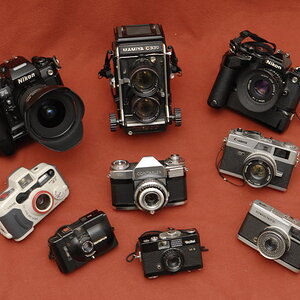erotavlas
TPF Noob!
- Joined
- Mar 14, 2009
- Messages
- 156
- Reaction score
- 6
- Location
- Toronto, Canada
- Can others edit my Photos
- Photos NOT OK to edit
So I noticed that when my camera is connected to my ball head, I can still jiggle it a little with my hand. I mean it takes some force, certainly more than you would be placed on it by a breeze or light wind. True the surface area that touched the plate is small (i have a Sony Nex 5N with the weird shaped tripod mount) However I also have tried this with a camera with normal flat tripod mount, Mamiya 6 and its never fully as rock solid as I expected. When I try the same but with the ball head, it is rock solid. Now what is the point of having a rock solid tripod legs and ball head if the weakest link (the camera tripod mount that attached to the plate) is not nearly as stable? And is there a way to improve the situation? And does it even matter. I worry about this for really windy conditions mostly.


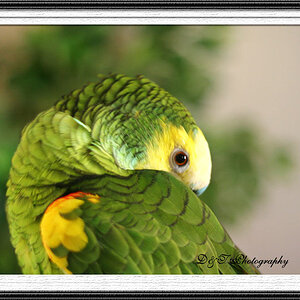
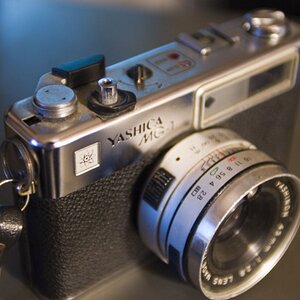
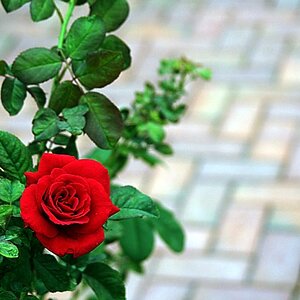
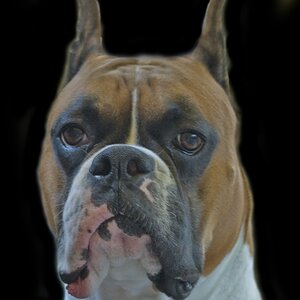
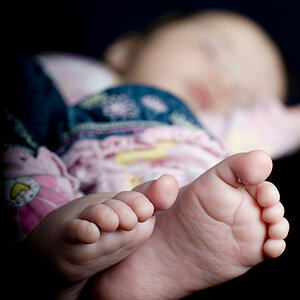
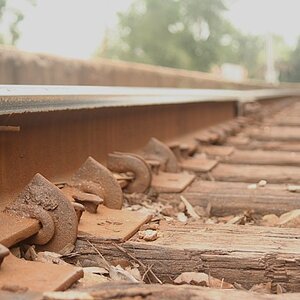

![[No title]](/data/xfmg/thumbnail/33/33437-e75ccdc53ab9428f2dd0218e568181b1.jpg?1619735969)
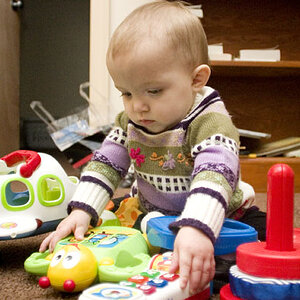
![[No title]](/data/xfmg/thumbnail/38/38443-d3f00036791c5f915b132320c9ac8865.jpg?1619738614)
